
Find Help
More Items From Ergsy search
-

How is shingles diagnosed?
Relevance: 100%
-

What is Shingles?
Relevance: 90%
-

Is shingles contagious?
Relevance: 88%
-

What is shingles?
Relevance: 86%
-

What causes shingles?
Relevance: 84%
-

What are the symptoms of shingles?
Relevance: 83%
-
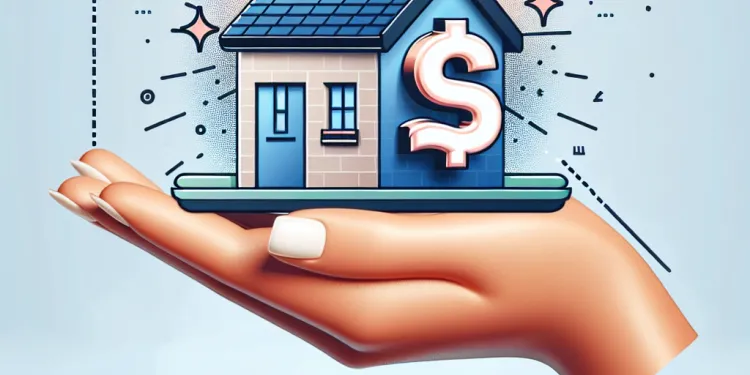
Is shingles contagious?
Relevance: 83%
-

Can shingles be prevented?
Relevance: 80%
-

What causes shingles?
Relevance: 80%
-

What treatments are available for shingles?
Relevance: 80%
-

Is the shingles vaccine safe?
Relevance: 80%
-

Can shingles be prevented?
Relevance: 79%
-

Can stress trigger shingles?
Relevance: 79%
-

What treatments are available for shingles?
Relevance: 79%
-

Who is at risk of developing shingles?
Relevance: 77%
-
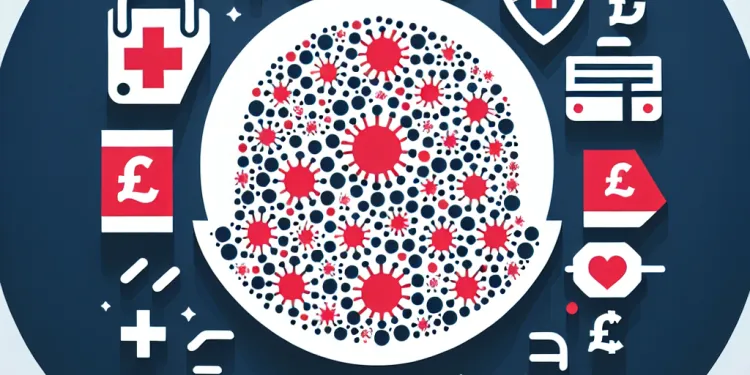
Are there any complications associated with shingles?
Relevance: 77%
-

Are there any complications associated with shingles?
Relevance: 77%
-
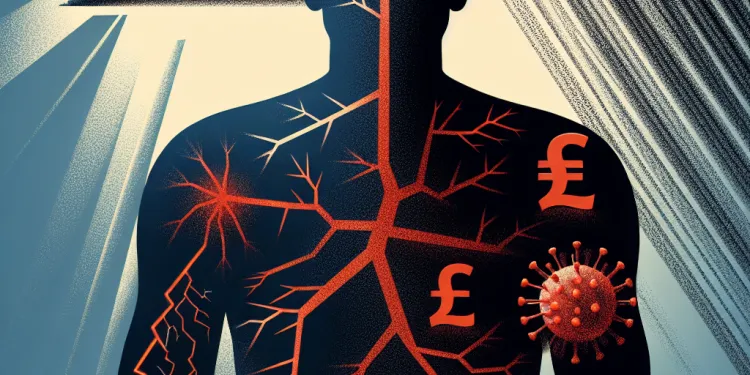
Can stress trigger shingles?
Relevance: 76%
-

Can the shingles vaccine cause chickenpox?
Relevance: 75%
-
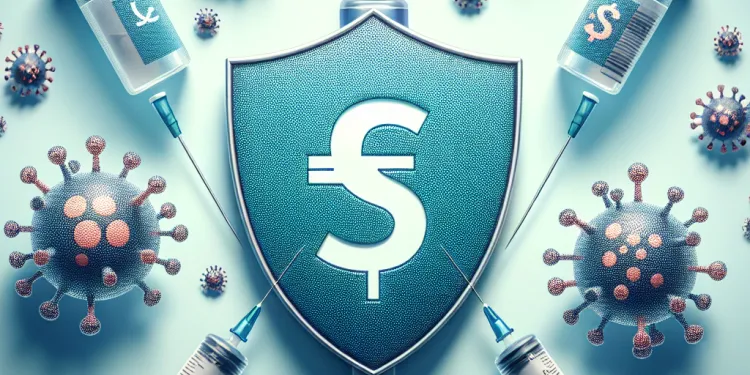
Can the shingles vaccine cause chickenpox?
Relevance: 74%
-
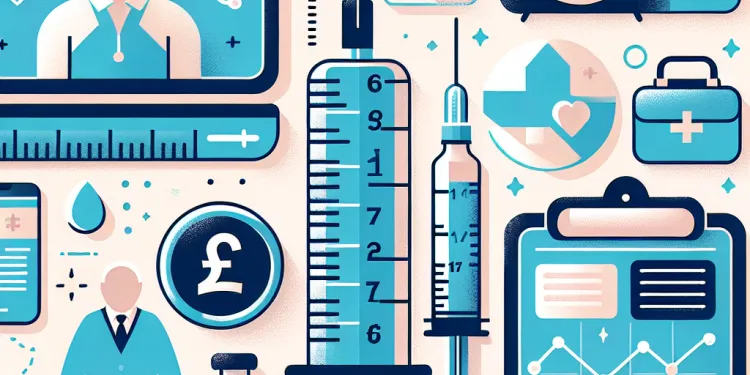
At what age should one get the shingles vaccine?
Relevance: 70%
-

At what age should one get the shingles vaccine?
Relevance: 69%
-

How is shingles diagnosed?
Relevance: 65%
-

What should I do if I think I have shingles?
Relevance: 58%
-

Who is at risk of developing shingles?
Relevance: 55%
-
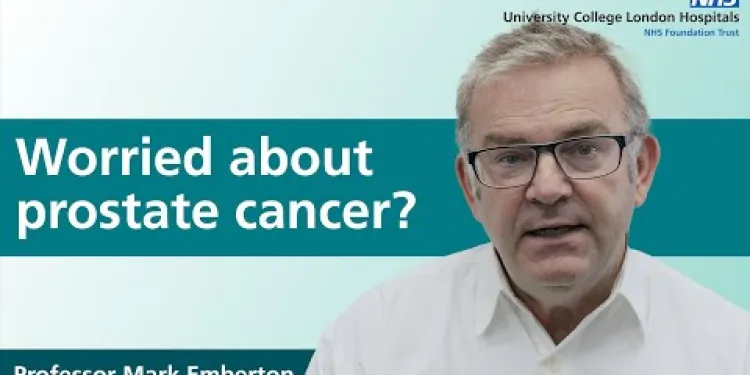
Prostate cancer diagnosis and tests
Relevance: 55%
-

How long does a shingles outbreak last?
Relevance: 54%
-
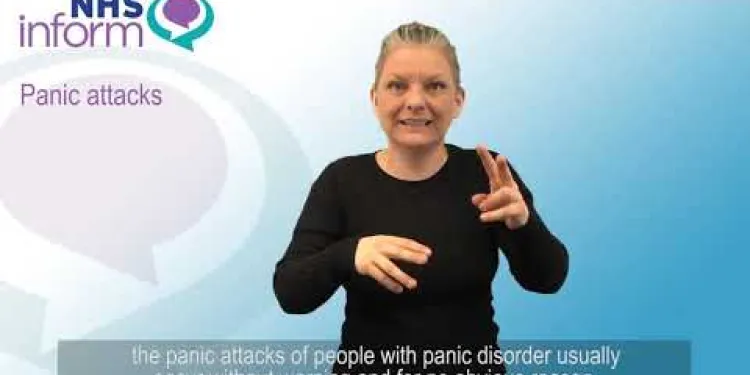
BSL - Diagnosis of panic disorder
Relevance: 54%
-

Head and Neck Cancer Diagnosis
Relevance: 54%
-

How long does a shingles outbreak last?
Relevance: 50%
-

Attention deficit hyperactivity disorder (ADHD) - Diagnosis
Relevance: 49%
-
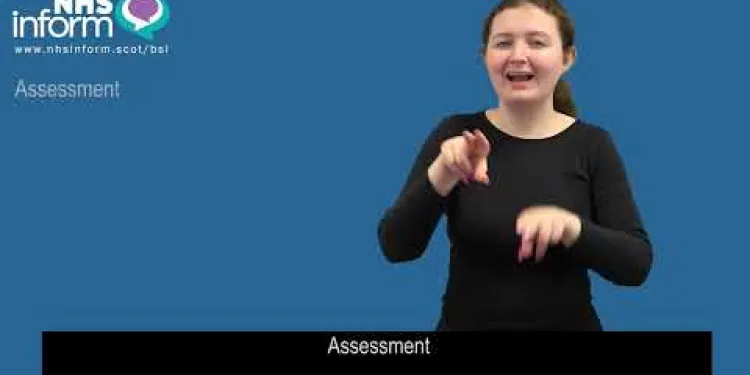
BSL - Diagnosis of obsessive compulsive disorder (OCD)
Relevance: 48%
-

What is postherpetic neuralgia?
Relevance: 47%
-

What is the life expectancy after a motor neurone disease diagnosis?
Relevance: 43%
-

What is postherpetic neuralgia?
Relevance: 39%
-

What are the symptoms of shingles?
Relevance: 36%
-

Can you get chickenpox more than once?
Relevance: 34%
-
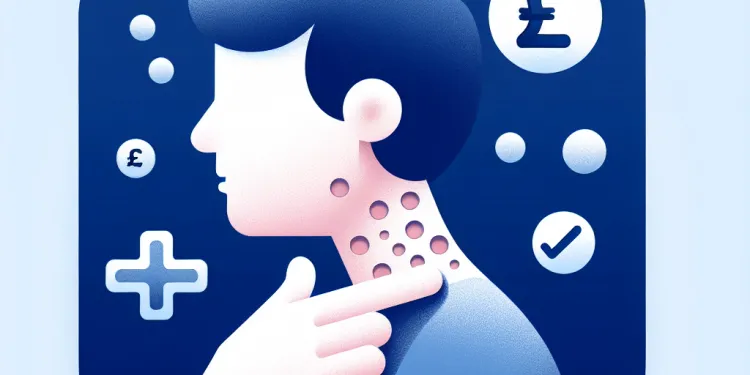
Can adults get chickenpox?
Relevance: 30%
-

What causes viral meningitis?
Relevance: 25%
-

How is autism diagnosed?
Relevance: 21%
How is Shingles Diagnosed?
Shingles, also known as herpes zoster, is a viral infection caused by the reactivation of the varicella-zoster virus, the same virus that causes chickenpox. While commonly recognized by its distinctive rash, diagnosis is not solely reliant on visible symptoms. This article outlines the diagnostic process for shingles in the UK.
Initial Consultation and Medical History
The diagnostic process for shingles typically begins with a consultation with a general practitioner (GP). During the initial consultation, the GP will take a detailed medical history, including a review of past episodes of chickenpox, recent exposure to individuals with chickenpox or shingles, and any current symptoms. The GP will also inquire about the patient's overall health, including any underlying conditions that may affect the immune system.
Physical Examination
A physical examination is crucial in diagnosing shingles. The GP will look for the distinctive rash associated with shingles. Characteristically, the rash appears as a band-like pattern on one side of the body, often accompanied by pain, itching, or tingling sensations. The rash typically progresses to fluid-filled blisters. The location and appearance of the rash are significant indicators that can help differentiate shingles from other skin conditions.
Laboratory Tests
In some cases, especially when the rash is not typical or when further clarification is needed, laboratory tests may be conducted to confirm the diagnosis. The GP might order a swab test, where a sample is taken from the fluid in the blisters. This sample can be tested for the presence of varicella-zoster virus DNA using polymerase chain reaction (PCR) testing. PCR testing is highly sensitive and can provide a definitive diagnosis.
Blood Tests
Blood tests may also be carried out to check for antibodies against the varicella-zoster virus, indicating past infection and reactivation. However, blood tests are less commonly used for diagnosing shingles because the presence of antibodies is more indicative of past infection rather than current reactivation.
Importance of Early Diagnosis
Early diagnosis of shingles is crucial as it allows for timely treatment, which can reduce the severity and duration of the symptoms. Prompt diagnosis can also help prevent complications such as postherpetic neuralgia, a condition characterized by persistent pain in the area of the rash even after it has healed.
Conclusion
Diagnosing shingles involves a combination of taking a thorough medical history, conducting a physical examination, and possibly ordering laboratory tests. In the UK, GPs are well-equipped to diagnose this condition and provide guidance on management and treatment. If you suspect you have shingles, it is important to seek medical advice promptly to ensure appropriate care and minimize potential complications.
How Do Doctors Find Out If You Have Shingles?
Shingles is an illness caused by a virus. This virus is the same one that gives you chickenpox. Shingles has a spotty, painful rash. Doctors do not just look at the rash to find out if you have shingles. Here is how doctors in the UK check for shingles.
Talking to the Doctor
When you think you have shingles, you go to see your doctor. The doctor will ask you questions. They will ask if you had chickenpox before. They might ask if you were around people with chickenpox or shingles. The doctor will also want to know how you are feeling and if you have other health problems.
Examining Your Rash
The doctor will look at your skin very carefully. Shingles usually shows up as a rash on one side of the body. It might itch, hurt, or tingle. The rash can turn into blisters that have liquid inside. Seeing where and how the rash looks helps the doctor know it is shingles.
Lab Tests
Sometimes, if the rash does not look like shingles, the doctor will do more tests. They might take a bit of liquid from a blister and send it to a lab. The lab checks for signs of the virus that causes shingles. This helps make sure it is shingles.
Blood Tests
Blood tests can also be done to check for past infections of the virus. But doctors do not often use blood tests to find shingles because they show if you had the virus before, not if you have shingles now.
Why It’s Important to Know Early
Finding out you have shingles early is important. This helps you get medicine quickly and reduces how bad it can get. Early treatment can stop it from hurting for a long time even after the rash goes away.
Conclusion
To find out if it is shingles, doctors ask questions, look at your rash closely, and may do some tests. Doctors in the UK are good at finding out if someone has shingles. If you think you have shingles, see a doctor quickly to get the right help and feel better sooner.
Frequently Asked Questions
What is shingles?
Shingles, also known as herpes zoster, is a viral infection characterized by a painful rash caused by the reactivation of the varicella-zoster virus, the same virus that causes chickenpox.
How is shingles diagnosed?
Shingles is diagnosed through a combination of clinical evaluation of symptoms and, if needed, laboratory tests to confirm the presence of the varicella-zoster virus.
What are common symptoms of shingles?
Shingles symptoms include a painful rash typically on one side of the body, itching, tingling, and blisters. Some people may also experience fever, headache, and fatigue.
What should I do if I suspect I have shingles?
If you suspect you have shingles, you should contact a healthcare provider promptly for an examination and diagnosis.
What tests are used to confirm a shingles diagnosis?
If necessary, laboratory tests such as polymerase chain reaction (PCR) tests or a direct fluorescence antibody (DFA) test may be used to detect the presence of the varicella-zoster virus.
Can a physical examination diagnose shingles?
Yes, often a healthcare provider can diagnose shingles based on the distinctive pattern of the rash and accompanying symptoms without needing laboratory tests.
Are blood tests used to diagnose shingles?
Blood tests are not typically used to diagnose shingles, as they may not provide immediate evidence of active infection.
Why is early diagnosis of shingles important?
Early diagnosis of shingles is important to start antiviral treatment, which can help reduce the severity and duration of symptoms and prevent complications.
Can shingles be mistaken for other conditions?
Yes, shingles can sometimes be mistaken for other skin conditions, such as dermatitis or an allergic reaction, which is why accurate diagnosis by a healthcare professional is important.
Do all rashes indicate shingles?
No, not all rashes indicate shingles. There are many causes of rashes, and a healthcare provider can help determine whether a rash is due to shingles.
Can shingles occur without a rash?
In rare cases, shingles can occur without a visible rash, known as zoster sine herpete, which can make diagnosis more challenging.
What role does patient history play in diagnosing shingles?
Patient history, including a history of chickenpox and recent symptoms, helps healthcare providers assess the likelihood of shingles.
How does the location of a rash help diagnose shingles?
Shingles often presents with a rash on one side of the body in a band-like pattern, which helps differentiate it from other conditions.
Can shingles affect the eyes, and how is it diagnosed?
Yes, shingles can affect the eyes, known as ophthalmic shingles. Diagnosis involves examination by an eye specialist to prevent complications.
Is shingles contagious and relevant for diagnosis?
Shingles itself is not contagious, but the virus can spread and cause chickenpox in someone who has never had it. This context is relevant for diagnosis and management.
Do age and immune status influence shingles diagnosis?
Yes, older age and a weakened immune system increase the risk of shingles, which may influence consideration in diagnosis.
Are imaging tests required for shingles diagnosis?
Imaging tests are not usually required for shingles diagnosis unless there are complications or atypical symptoms.
What specialist diagnoses shingles?
A general practitioner or dermatologist typically diagnoses shingles. Involvement of specialists like neurologists may occur if there are complications.
How can shingles complications be identified?
Complications like postherpetic neuralgia are identified through ongoing evaluation of symptoms even after the rash has healed.
Can shingles be self-diagnosed accurately?
While some may suspect shingles due to obvious symptoms, a professional diagnosis is necessary to confirm and receive appropriate treatment.
What is shingles?
Shingles is a sickness that gives you a rash. It can hurt and itch. It is caused by a virus that also causes chickenpox.
If you had chickenpox before, the virus can wake up and give you shingles.
Shingles can make you feel not well. Sometimes you need to see a doctor for help.
When you have shingles, your skin can be red and have bumps.
If you find reading hard, you can ask someone to read with you. They can help you understand better.
Shingles is an illness. It is also called herpes zoster. It makes your skin hurt and get a red rash. Shingles happens when a virus wakes up in your body. This virus is the same one that gives you chickenpox.
How do doctors find out if someone has shingles?
Doctors find out if you have shingles by looking at your symptoms. If they need more proof, they can do lab tests to check for a virus called varicella-zoster.
What signs show you have shingles?
If you have shingles, you might get a sore rash on one side of your body. It can feel itchy and tingly, and you might see little bumps filled with liquid. Some people might also feel hot with a fever, have a headache, or feel very tired.
Helpful tips to feel better:
- Rest a lot.
- Drink plenty of water.
- Tell a grown-up or a doctor if it hurts too much.
- Wear loose clothes so they don't touch the rash.
What should I do if I think I have shingles?
If you feel unwell and have a rash, it might be shingles.
Here is what you can do:
- Tell a grown-up you trust.
- Visit a doctor to check if it is shingles.
- Doctors can give you medicine to help you feel better.
- Rest a lot and drink plenty of water.
Helpful tools:
- Ask someone to go with you to the doctor.
- Use a calendar to remember your medicine times.
If you think you might have shingles, it is important to see a doctor or nurse quickly. They can check you and tell you what is wrong.
What checks are done to know if you have shingles?
If needed, doctors can use special tests to find the varicella-zoster virus. These tests have long names like the PCR test or the DFA test.
Can a doctor find out if you have shingles by looking at you?
Yes, a doctor can tell if you have shingles by looking at your skin. They look for red rashes and blisters.
If you are worried or have questions, you can ask your doctor to explain. They can help you understand.
If it is hard to read, you can use tools like audiobooks or ask someone to read to you.
Yes, a doctor can usually tell if you have shingles just by looking at the rash and asking about your symptoms. They don't always need to do lab tests.
Can a blood test tell if you have shingles?
We don't usually use blood tests to find out if someone has shingles. This is because blood tests might not show if the person has shingles right now.
Why is it important to find out if you have shingles early?
Finding out about shingles early can help you get better quicker. If you know you have shingles soon, the doctor can give you medicine to help. This can stop the rash and pain from getting worse. To make reading easier, try using tools like reading apps or audio books. You can also ask someone to read with you or take notes to help you understand.It is important to find out if you have shingles early. This way, you can start taking medicine called antivirals. These can help make shingles less painful and not last as long. They can also stop other problems from happening.
Can shingles be confused with something else?
Yes, shingles can look like other illnesses. It might be confused with:
- Rashes from allergies
- Skin infections
- Other kinds of blisters
If you are unsure, see a doctor. They can help you know for sure.
Use pictures or diagrams to understand better. A calendar can help track symptoms every day. Ask someone you trust for help if needed.
Yes, sometimes people think shingles is a different skin problem, like a rash or allergy. This is why it's important to see a doctor to find out for sure.
Does every rash mean you have shingles?
No, not all rashes mean you have shingles. There are many reasons why you might have a rash. A doctor or nurse can help figure out if a rash is from shingles.
If reading is hard, you can try reading out loud or asking someone to help. Using a ruler or your finger to follow along can also be helpful.
Can you get shingles without a rash?
Sometimes, people can get shingles without getting a rash. This is called zoster sine herpete. It can be hard for doctors to know if someone has it.
Tools like simple pictures or videos can help explain these health problems better.
How does a doctor's notes help find out if someone has shingles?
Doctors ask about your past to see if you had chickenpox or have new symptoms. This helps them know if you might have shingles.
How can the place of a rash help doctors know if it's shingles?
Shingles is a sickness that can give you a rash on your skin.
The rash usually shows up on one side of your body.
It looks like a strip or band on your skin, which makes it different from other rashes.
If you think you have shingles, tell a grown-up or a doctor.
They can help you feel better and take care of the rash.
Using simple pictures or talking to someone you trust can help you understand more.
Can shingles hurt your eyes, and how do doctors find out?
Yes, shingles can hurt your eyes. This is called eye shingles. An eye doctor needs to check your eyes to stop problems.
Can you catch shingles from someone else, and does it matter for finding out if you have it?
Shingles can't spread to other people, but the virus that causes it can. This virus can give chickenpox to someone who has never had it before. This is important for doctors to know when they are checking and helping people with shingles.
Can your age and immune system affect if you get shingles?
Yes, getting older and having a weak immune system can make it more likely to get shingles. This is important to think about when doctors are figuring out what is wrong.
Do you need pictures to see if you have shingles?
Doctors do not often use special pictures, called imaging tests, to find out if someone has shingles. They usually only use them if there are problems or strange symptoms.
Who can tell if I have shingles?
Your regular doctor or a skin doctor usually finds out if you have shingles. Sometimes, another doctor who works with nerves might help if things get more complicated.
How can we find out if shingles is causing problems?
Sometimes, problems like pain after shingles, called post-shingles pain, can happen. Doctors can find this by checking if there is pain after the rash goes away.
Can I tell if I have shingles by myself?
Shingles is a rash that can hurt. It's best to ask a doctor to be sure if you have it. They will help you and give you the right medicine.
If you're not sure, it's okay to ask for help. You can use a magnifying glass to look at the rash closely.
If you can, ask someone to help you take a picture of the rash to show a doctor.
Some people might think they have shingles because of clear signs, but it's important to see a doctor to be sure and to get the right medicine.
Useful Links
- Ergsy carfully checks the information in the videos we provide here.
- Videos shown by Youtube after a video has completed, have NOT been reviewed by ERGSY.
- To view, click the arrow in centre of video.
- Most of the videos you find here will have subtitles and/or closed captions available.
- You may need to turn these on, and choose your preferred language.
- Go to the video you'd like to watch.
- If closed captions (CC) are available, settings will be visible on the bottom right of the video player.
- To turn on Captions, click settings .
- To turn off Captions, click settings again.
More Items From Ergsy search
-

How is shingles diagnosed?
Relevance: 100%
-

What is Shingles?
Relevance: 90%
-

Is shingles contagious?
Relevance: 88%
-

What is shingles?
Relevance: 86%
-

What causes shingles?
Relevance: 84%
-

What are the symptoms of shingles?
Relevance: 83%
-

Is shingles contagious?
Relevance: 83%
-

Can shingles be prevented?
Relevance: 80%
-

What causes shingles?
Relevance: 80%
-

What treatments are available for shingles?
Relevance: 80%
-

Is the shingles vaccine safe?
Relevance: 80%
-

Can shingles be prevented?
Relevance: 79%
-

Can stress trigger shingles?
Relevance: 79%
-

What treatments are available for shingles?
Relevance: 79%
-

Who is at risk of developing shingles?
Relevance: 77%
-

Are there any complications associated with shingles?
Relevance: 77%
-

Are there any complications associated with shingles?
Relevance: 77%
-

Can stress trigger shingles?
Relevance: 76%
-

Can the shingles vaccine cause chickenpox?
Relevance: 75%
-

Can the shingles vaccine cause chickenpox?
Relevance: 74%
-

At what age should one get the shingles vaccine?
Relevance: 70%
-

At what age should one get the shingles vaccine?
Relevance: 69%
-

How is shingles diagnosed?
Relevance: 65%
-

What should I do if I think I have shingles?
Relevance: 58%
-

Who is at risk of developing shingles?
Relevance: 55%
-

Prostate cancer diagnosis and tests
Relevance: 55%
-

How long does a shingles outbreak last?
Relevance: 54%
-

BSL - Diagnosis of panic disorder
Relevance: 54%
-

Head and Neck Cancer Diagnosis
Relevance: 54%
-

How long does a shingles outbreak last?
Relevance: 50%
-

Attention deficit hyperactivity disorder (ADHD) - Diagnosis
Relevance: 49%
-

BSL - Diagnosis of obsessive compulsive disorder (OCD)
Relevance: 48%
-

What is postherpetic neuralgia?
Relevance: 47%
-

What is the life expectancy after a motor neurone disease diagnosis?
Relevance: 43%
-

What is postherpetic neuralgia?
Relevance: 39%
-

What are the symptoms of shingles?
Relevance: 36%
-

Can you get chickenpox more than once?
Relevance: 34%
-

Can adults get chickenpox?
Relevance: 30%
-

What causes viral meningitis?
Relevance: 25%
-

How is autism diagnosed?
Relevance: 21%


